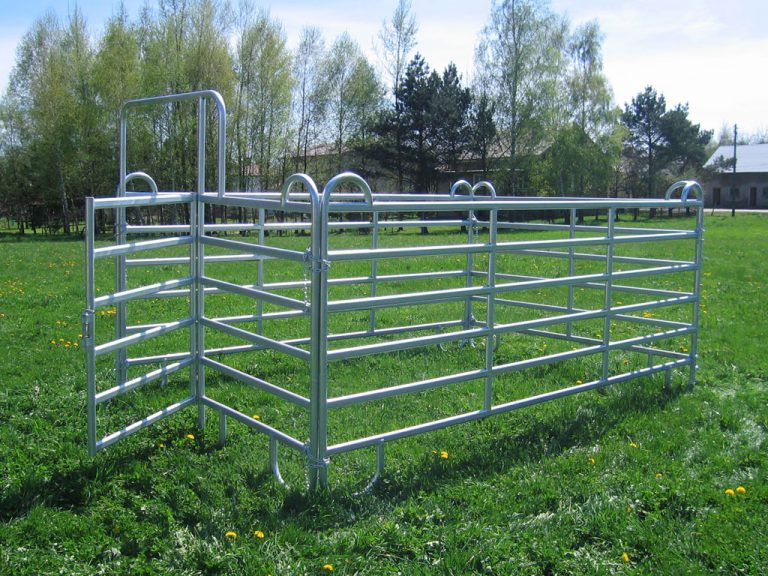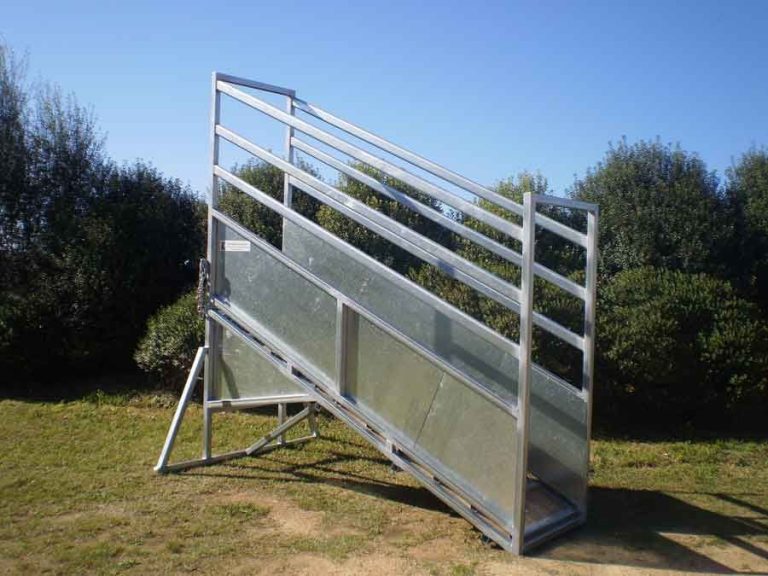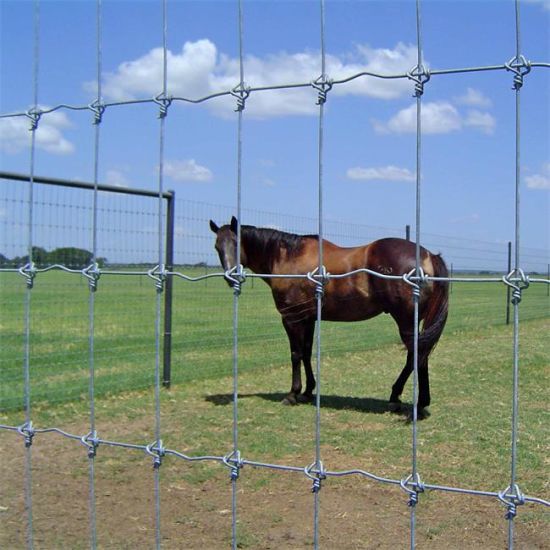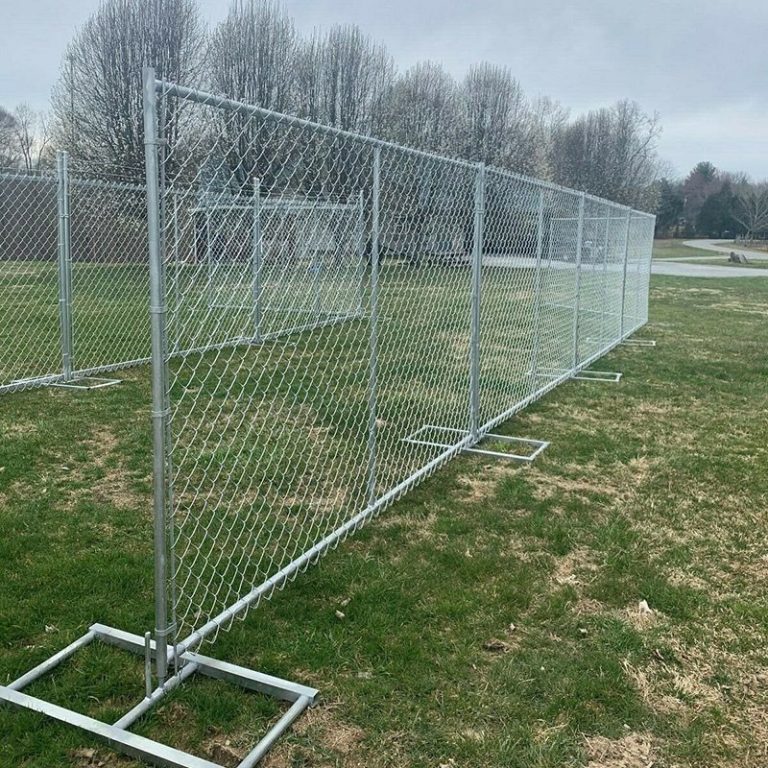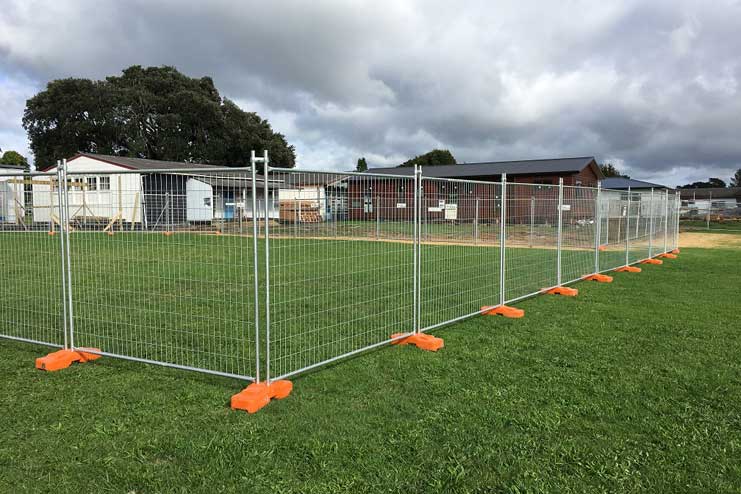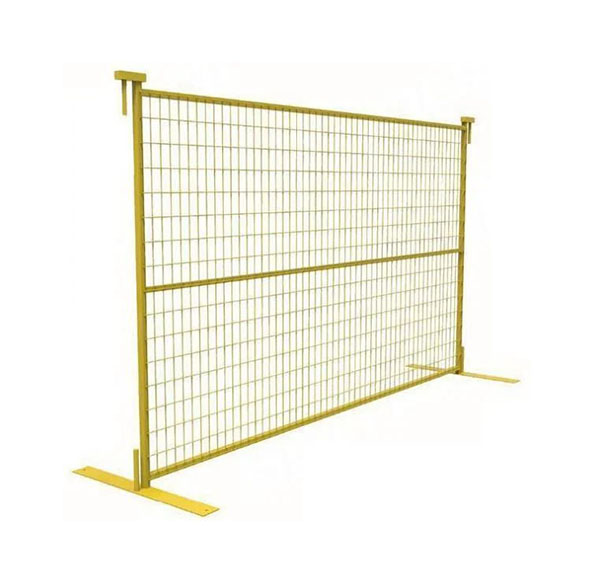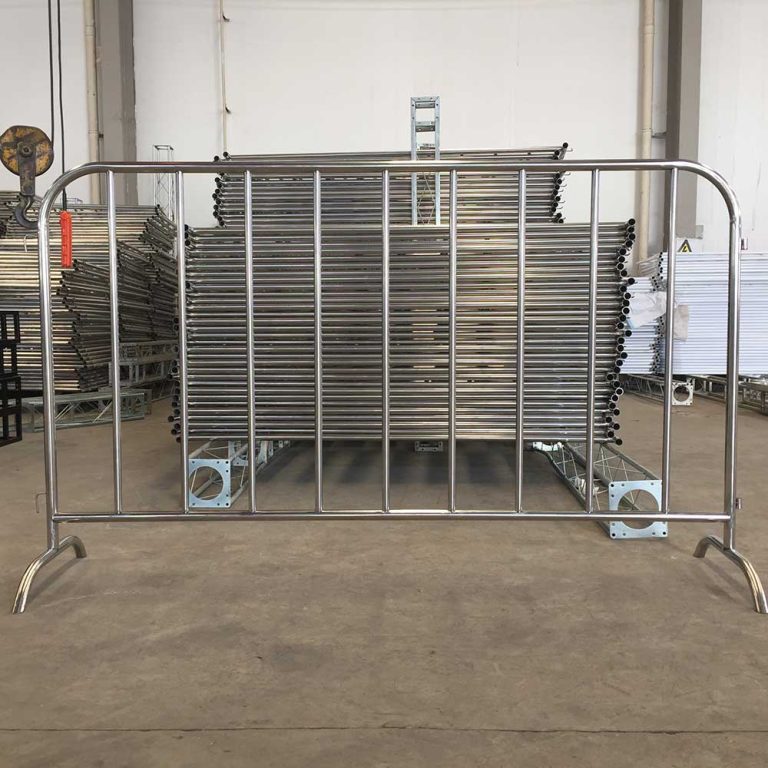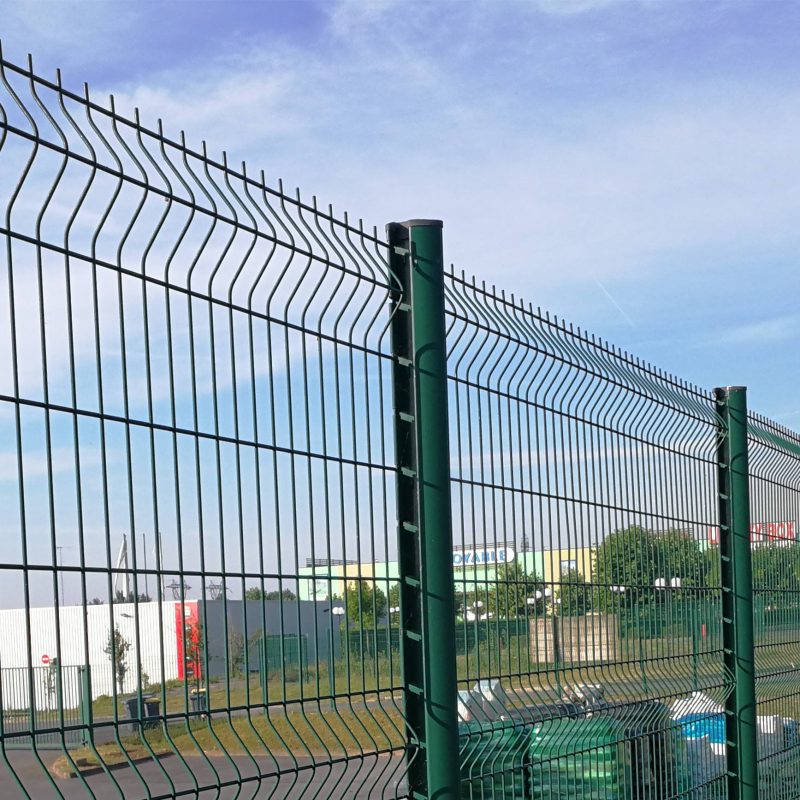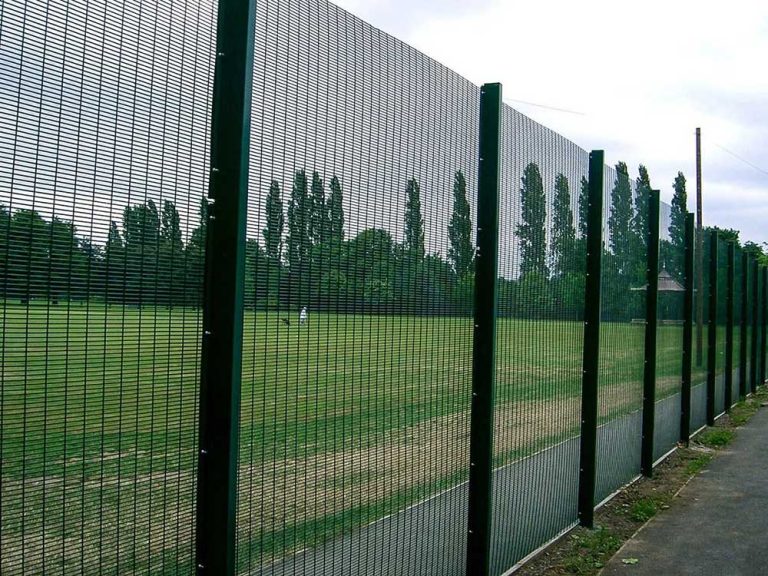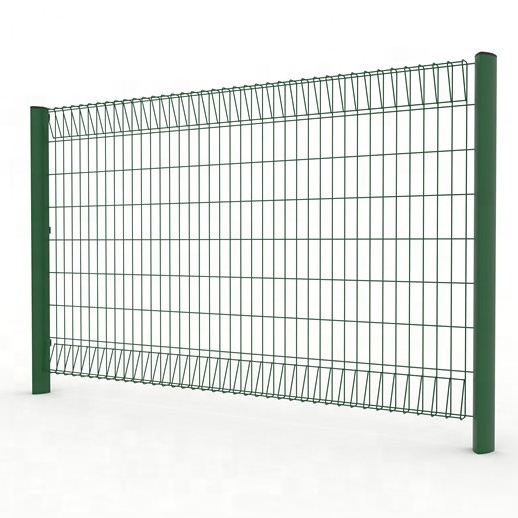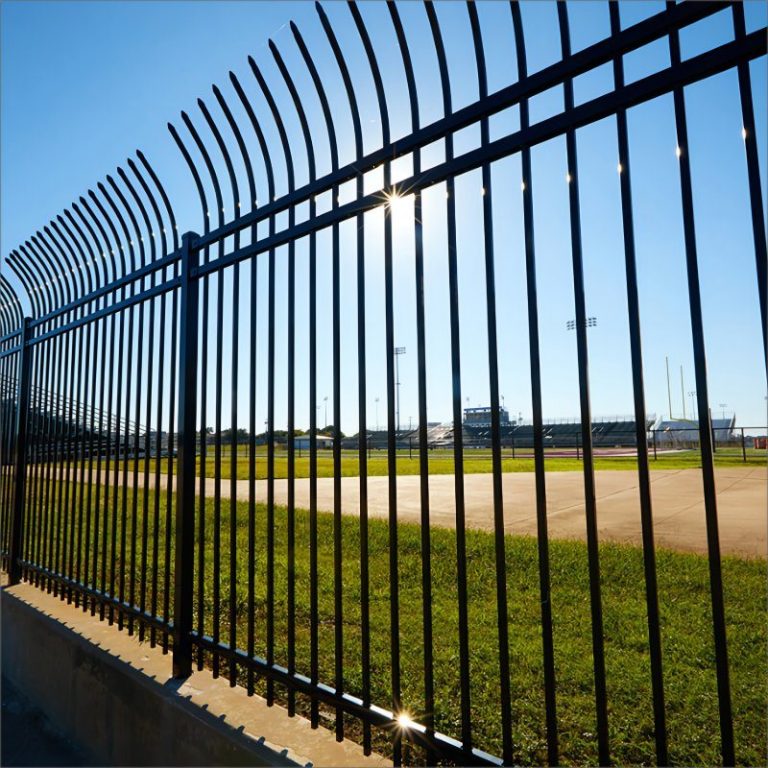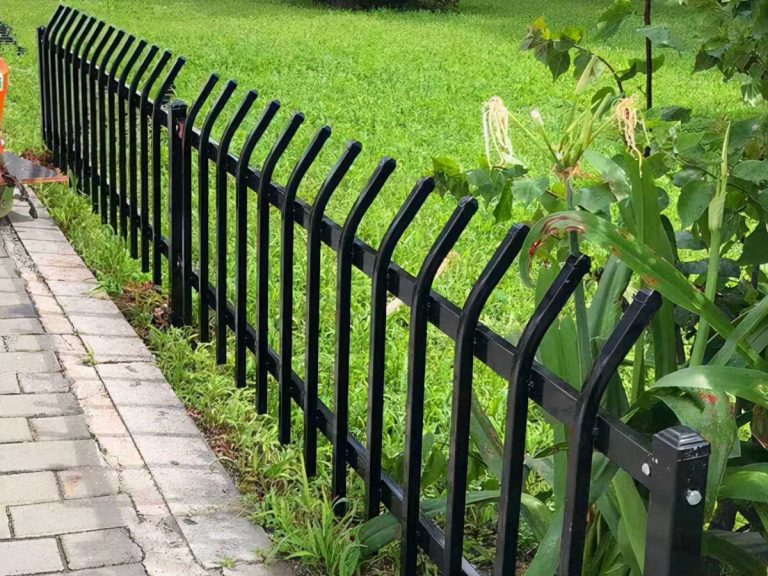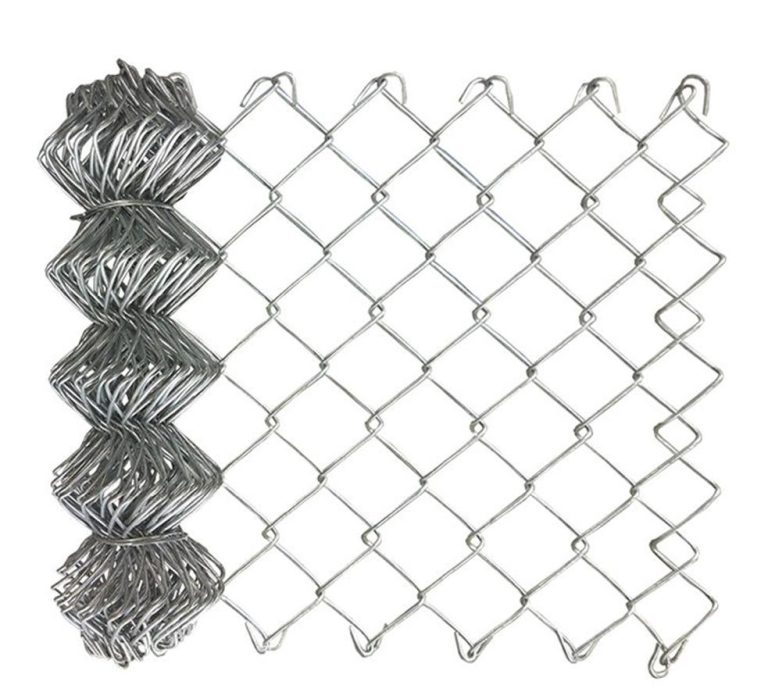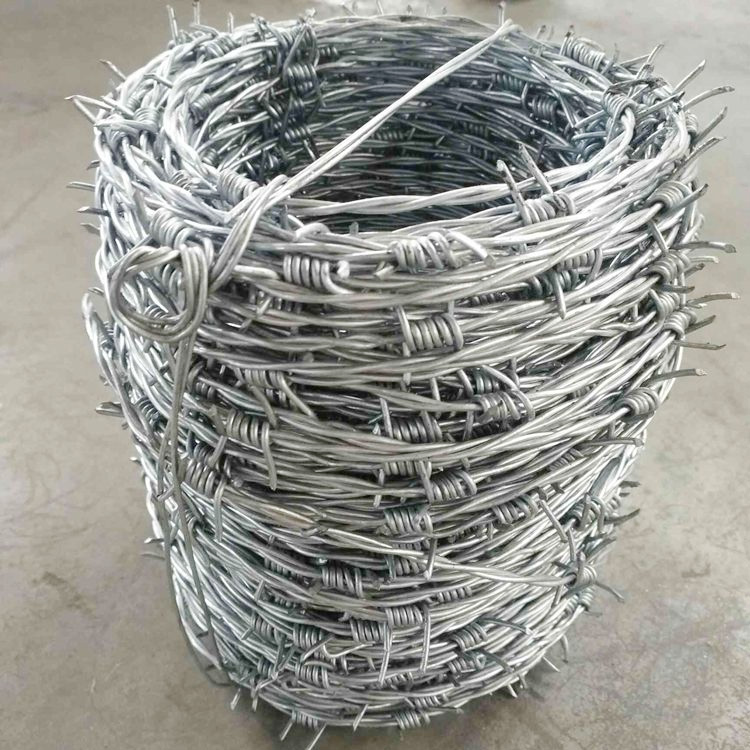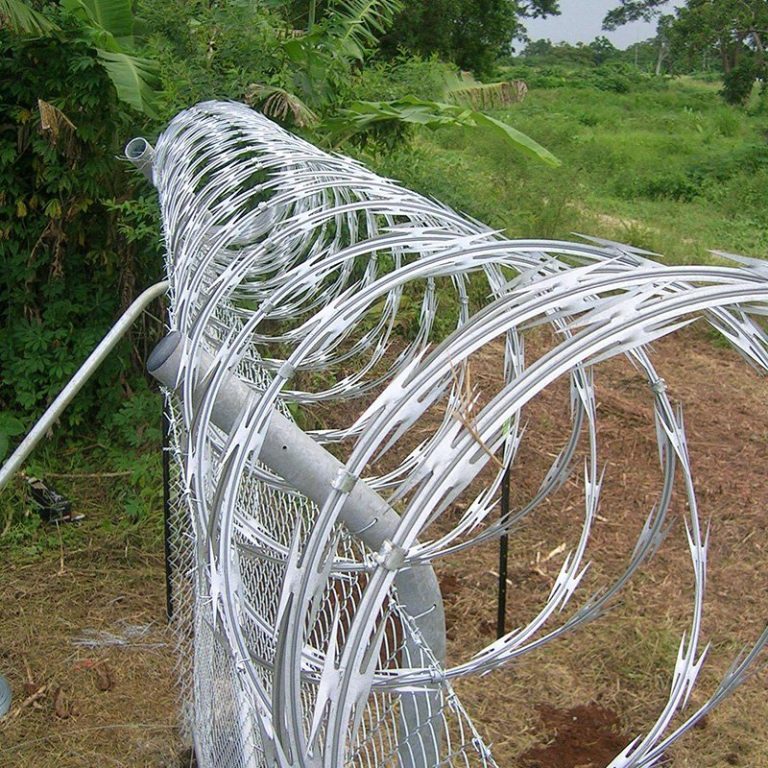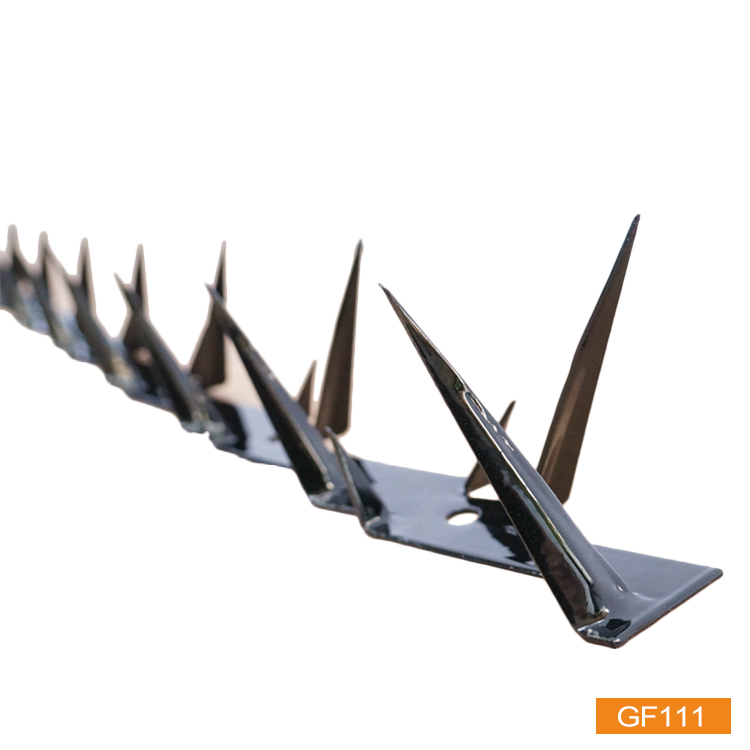The airport is considered one of the most dynamic and important aspects in the context of aviation operation. While passenger screening and baggage checks steal the headlines, an equally essential part of this overall process of security is a secure perimeter. These are the airport fences that stand as first lines of defense against unauthorized intrusions and protect very valuable assets, infrastructures, and-most importantly-human lives.
The Need for Airport Fencing
The Airport fences are critical in ensuring the security of the whole airport in that:
They demarcate the territory: Where the airport perimeter is clearly distinguished from the surrounding lands.
Deter unauthorized entry: A physical and mental barrier to potential intruders.
Protection of assets and infrastructure: Aircraft, equipment, sources of fuel, and other infrastructure are protected from theft, vandalism, and other forms of damage.
Prevention of intrusion of wild animals: Animals are kept away from the runway and taxiways, reducing the chance of collision or accidents.
Crowd Control: To maintain the flow of the movement of passengers, employees, and vehicles for smooth operations.
Regulatory Compliance: Adherence to the high standards of security set by aviation authorities, normally by FAA and TSA.
Key Features of Effective Airport Fencing
Selection of appropriate airport fencing depends on many factors, one of the important factors is the security features which include:
Height and Strength: The height should be sufficient to make climbing impossible and the strength strong enough to prevent breaching. Minimum recommended is 8 feet, but in areas with high security, it is taller
Anti-Climb Design: The design of the fence should ensure that climbing over or under it is practically impossible.
This can be made possible by:
No Close Mesh Spacing: Closely tagged vertical and horizontal wires impede footholds and handholds.
Angled Top Extensions: Extensions at the top, facing inside, prevent attempts to climb.
Barbed Wire or Razor Wire Toppings: Layers of sharp wire at the top make climbing much more hazardous and challenging. ·
Durability and weather resistance: The fact that the fences in an airport are out in different types of weather infers that they should be strongly molded of such materials able to bear corrosion, rust and harsh weather conditions. They include galvanized steel, stainless steel and aluminum.
The fence is meant to be visible to ensure good visibility for the security personnel as they survey across the perimeter for any intrusion.
Integration with Security Systems: Most airport fences integrate with the electronic security systems of the airports. These will include but are not limited to, electronic cameras, motion sensors, intrusion detection system, and alarm systems that create a multi-layered form of security.
Types of Airport Fencing
Various types of fences are commonly used for airport security, each of them having several advantages and disadvantages. ·
Chain Link Fencing:
This is the cheapest and one of the most common types. In chain link fences, the visibility is quite good and can also be topped with barbed wire or razor wire to make them even more secure. They are fairly easy to put up and maintain.
Welded Wire Mesh Fencing:
The main difference is that the welded wire mesh offers added strength and rigidity, perhaps which is not availed from chain link fences. Besides that, they can’t be cut easily, hence suitable at areas of high security.
358 Anti-Climb Fencing:
This type of fencing is somehow special and designed in a non-climbable fashion. The small mesh aperture of usually 3″ x 0.5″ with 8-gauge wire, which accounts approximately for 76.2mm x 12.7mm x 4mm makes infiltration almost impossible. Often used in high-security zones where preventing intrusion is important.
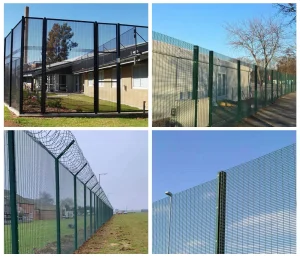
Palisade Fencing:
Not as common as a chain link or welded mesh, palisade fencing forms a strong yet highly visible barrier. Difficult to climb due to its vertical steel pales, it allows good visibility because of its open design.
Concrete Walls:
Sometimes, concrete walls can be applied to portions of the perimeter, especially around highly prized targets. These kinds of walls provide the most protection, but they tend to be very expensive as well as obstruct lines of sight.
Selecting the Correct Airport Fence
The correct airport fence depends on many factors related to the needs and the environment that the specific airport operates within.
Risk Assessment: The right threat, vulnerability, and security requirements assessment must therefore be done. This way, determination on the level and nature of fence required is ensured.
Perimeter Size and Configuration:Perimeter size and configuration also control the kind of fences that an airport may need. Larger airports may be considered with extensive perimeters, needing different solutions against smaller ones.
Budget: Costs vary dramatically depending on the type of fencing. Balance security needs with budget constraints.
Aesthetics: Consider the aesthetic value of the fence if the airport is located in or near an urban area.·
Regulations and Standards: Comply with all applicable FAA, TSA, and local regulations concerning airport fencing.
Gates and Access Control Systems
An airport gate completes it, like what exists between an airport fence itself, integrating into the system that controls access. Vehicle and pedestrian gates:
Vehicle gates: Heavy-duty type intended for entry and exit with an automatic crash barrier along with all other associated securities.
Pedestrian gates: Lesser than in size, which cater to the needs of a given class or staff, including key card readers, biometric reader, or any other types of access control system, maybe incorporated.
Emergency Gates: The correctly positioned gates for access for emergency vehicles should be easy to operate during an emergency, and their locations should be clearly marked.
Maintenance and Inspection
Airport fencing shall be regularly maintained and inspected to ensure effectiveness:
Visual Inspections: Routine observation for damage, corrosion, loose fittings, or tampering.
Repairs: Implementation of identified deficiencies.
Vegetation Control: Vegetation around the fence is to be trimmed to maintain visibility; no vegetation that would create hiding opportunities or blind spots should be allowed to exist near the fence.
Testing the integrated security system comprising cameras, sensors, and alarms for any defects at periodic intervals.
Anping JiaHui wire mesh Co., LTD: your one-stop airport security fence solution provider
One of the major producers for such advanced fencing products is Anping JiaHui Wire Mesh Co., LTD. The company provides a wide variety of options that can serve various security needs at the airport. This company can give ultimate fencing to secure your airfield, keeping its main focus on durability and security while providing full customization.
Following are some of the major products dealt by Anping JiaHui wire mesh Co., LTD, which will be perfect for airports:
358 Anti-clamb fence: 358 Anti-clamb fence is one of the most high-security fencing options, and it has very special anti-climbing characteristics that make the breaching of an individual to perimeter almost impossible. With its robust construction combined with a small mesh aperture, it is regarded as one of the most reliable options for high-security zones within the airport.
Chain link wire mesh: the company provides chain link wire mesh that can be utilized in fencing, partition and security cages within the airport.
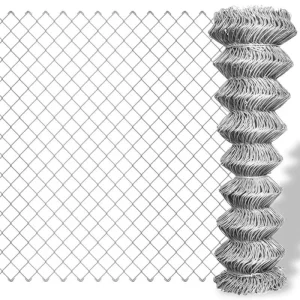
Curved fence: the company, Anping JiaHui wire mesh Co., LTD also provides curved fence. It avails classy-looking and in an effective barrier that may be bent to suit the design requirements of the airport.
Anping JiaHui wire mesh Co., Ltd. is a manufacturer of hard-wearing, reliable, and safe fencing solutions, including advanced designing and manufacturing techniques in this area. Airport Barriers provide service with different options for several aims and budget levels about airport security.
It is thought to be one of the first steps towards securing passengers, staff, and airport operations: perimeter protection. A few critical characteristics of important fencing kinds are discussed in this blog. Maintenance requirements kept in mind may be essential in the formulation of apt decisions to mount a hard security fence which protects many key assets of airports in relation to building a secured aviation environment.

